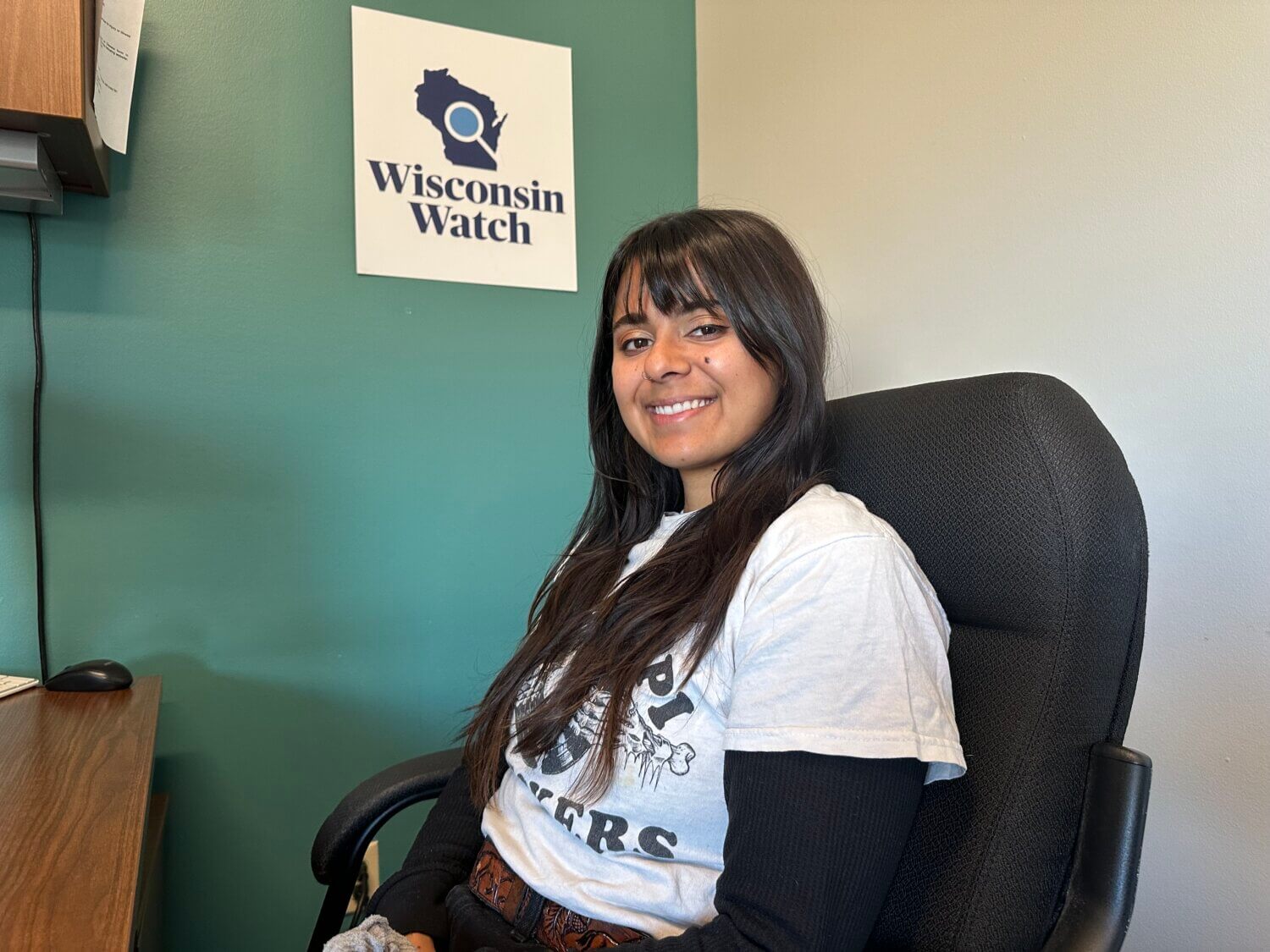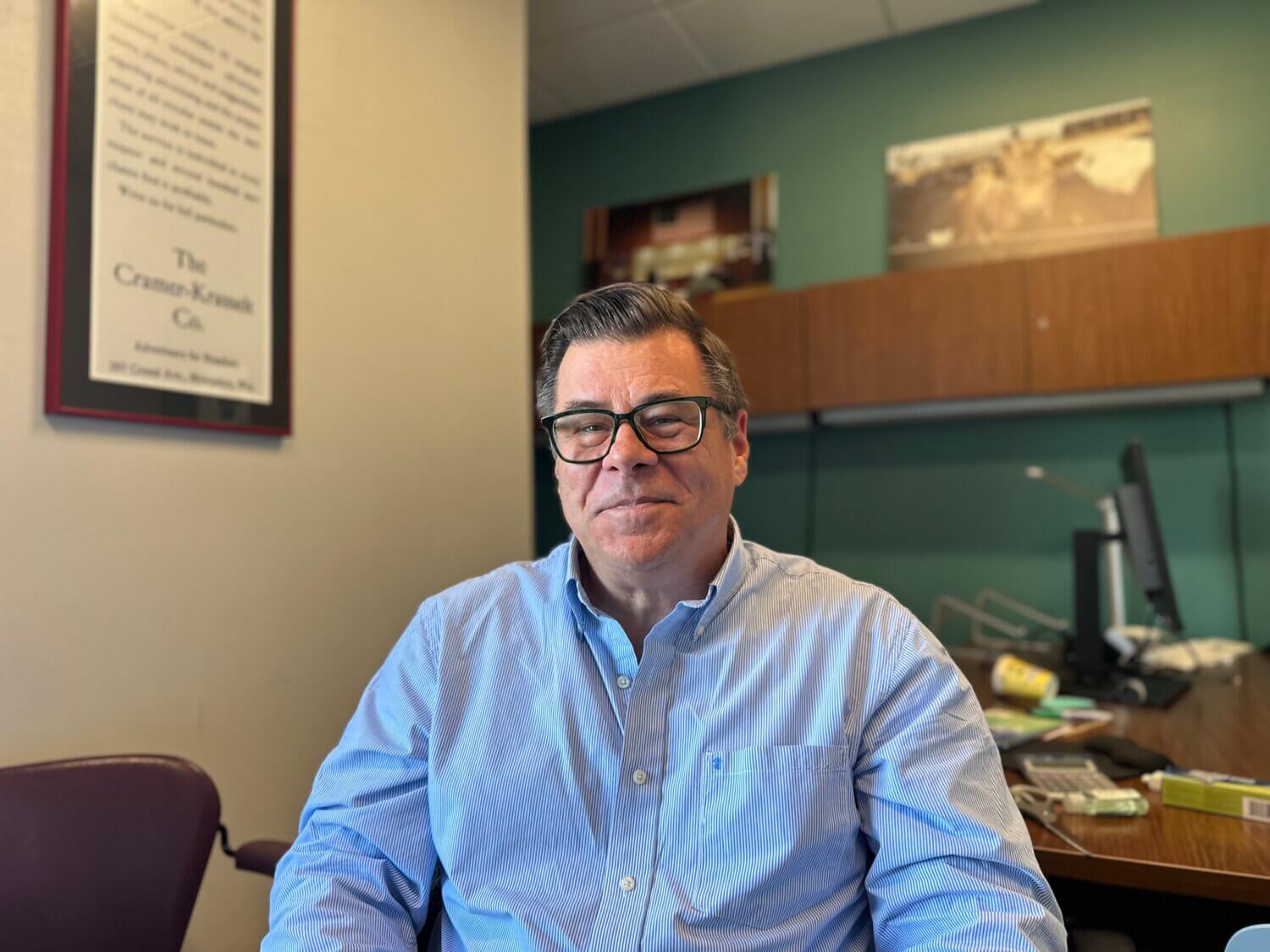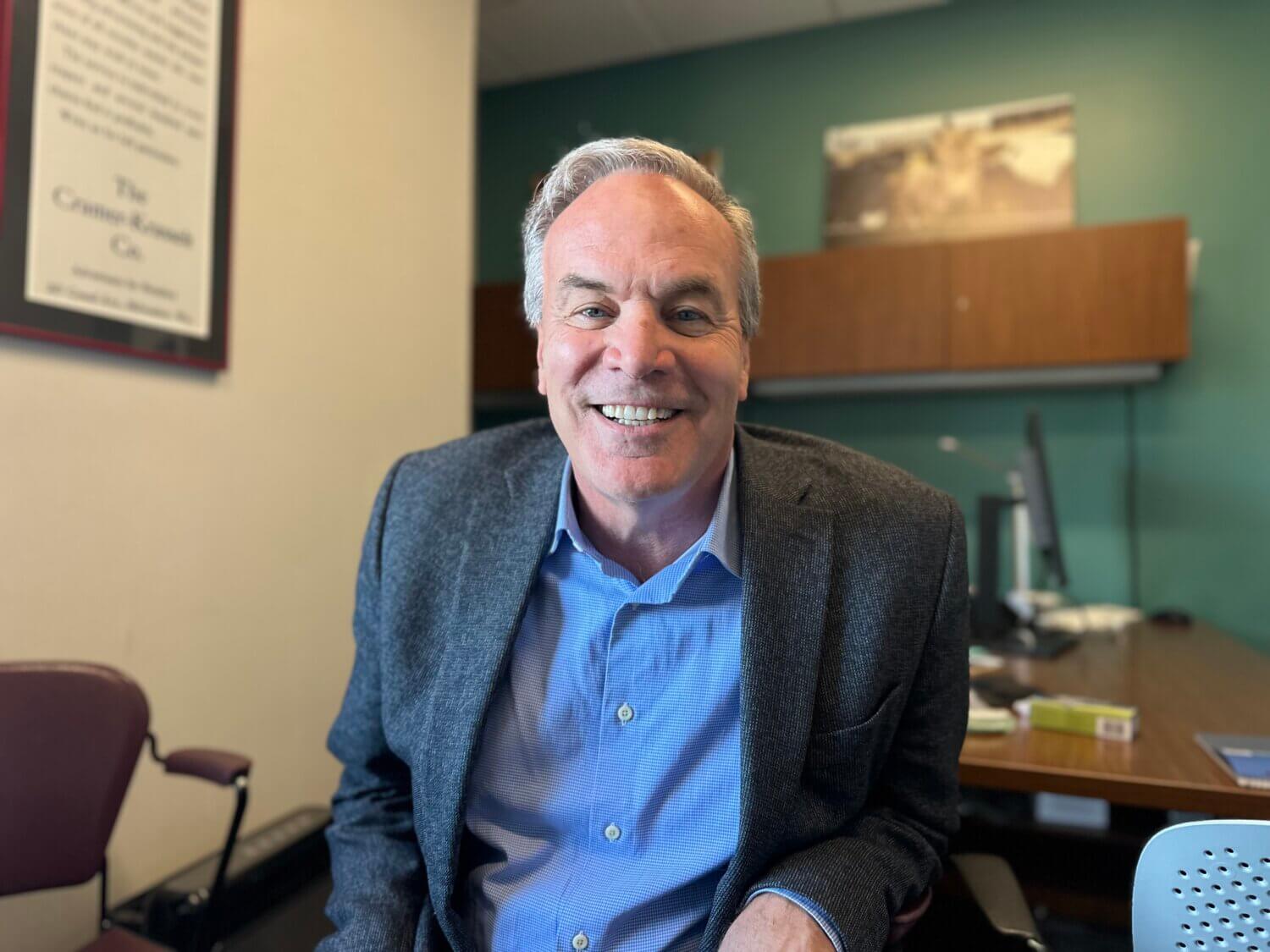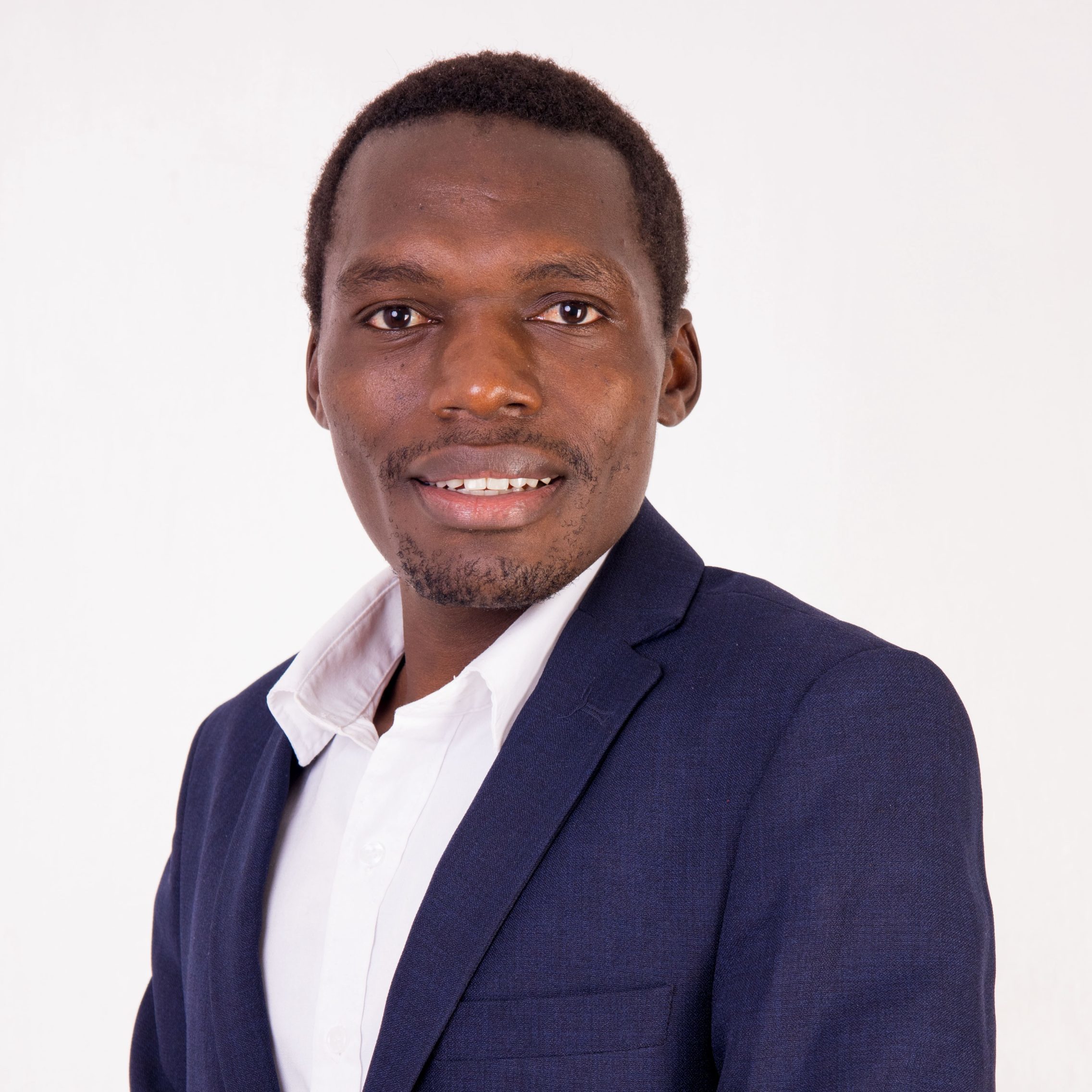MILWAUKEE, Wisc. — With Election Day approaching, Wisconsin Rep. Derrick Van Orden claimed on Fox News that a Venezuelan immigrant, charged with sexual assault and child abuse, was released in Prairie du Chien due to sanctuary policies in Minneapolis and Madison.
Immigration and crime were already key issues for voters in swing states like Wisconsin. Van Orden’s statement fueled the debate, but he provided no evidence to support his claim.
“He was released from both of these places because they are sanctuary cities,” the congressman told conservative television host Laura Ingraham.
In nearly 30 states without dedicated local fact-checkers, such a claim might have gone unchallenged.
But in Wisconsin, the nonprofit newsroom Wisconsin Watch reviewed the statement, as it touched on a local issue of public interest. Wisconsin Watch runs the state’s only standalone fact-checking initiative verified as a signatory of the International Fact-Checking Network’s Code of Principles.
Tom Kertscher, Wisconsin Watch’s lead fact-checker, examined Van Orden’s claim. His investigation found no evidence that sanctuary policies influenced the release of the suspect, Alejandro Coronel Zarate.
In a short fact check, Kertscher wrote that Coronel Zarate was arrested in Minneapolis in November 2023 on unrelated charges, but prosecutors declined to file charges, and he was released under standard legal procedures. In Madison, where Van Orden also pointed blame, Coronel Zarate was never in custody.
Coronel Zarate, who is accused of violent crimes in Prairie du Chien, is alleged to have ties to the Tren de Aragua, a Venezuelan gang involved in human trafficking and other criminal activity. His escape resulted from procedural decisions, not local policy.
He was eventually jailed on Sept. 5, 2024, in Prairie du Chien, after police arrested him for multiple charges following a reported disturbance. U.S. Immigration and Customs Enforcement issued a detainer to notify federal authorities if he posted bail.
With an overwhelming number of false claims focusing on local issues in the days leading up to the election, the fact-checking team often debated which statements to verify.
“We’re up against hundreds of millions of dollars worth of misinformation,” Wisconsin Watch CEO George Stanley told me during my late October visit to the team in Milwaukee. Political ads were the biggest expense in the presidential race, which cost $3.5 billion, according to the Financial Times — with much of the spending focused on the seven swing states.
As a lifelong Wisconsin resident and veteran news leader, Stanley has seen the collapse of a once-vibrant local news landscape, leaving partisan radio shows to fill the void.
“In Wisconsin, a battleground state, there’s no local news on radio anymore,” said Stanley. “All our daily newspapers are owned by far-away chains with no knowledge of the local environment. … They’ve cut costs to the bone, so local knowledge and voices are lost.”
The U.S. saw 127 newspaper closures last year, according to a recent study on “news deserts.”
Without recent donor funding to increase resources, Stanley doubts his team could have helped voters separate fact from fiction in as many posts as they did. The organization used part of a $100,000 ENGAGE grant from the IFCN to hire Kertscher and Trisha Young, an audio and video producer of fact checks, full-time.
ENGAGE, the third annual round of the Global Fact Check Fund managed by the IFCN and supported by Google and YouTube, distributed $2 million to 20 organizations. This funding strengthens global fact-checking efforts, enabling recipients like Wisconsin Watch to expand their capacity to combat misinformation.
The organization also used the funds to bring its evidence-based journalism to the state’s “news deserts,” produce Spanish-language content for Hispanic and Latino communities, and tailor fact checks for platforms like TikTok, YouTube and Instagram, popular with young audiences.
To reach radio listeners statewide, the newsroom tapped Young, a multimedia journalist, to create 30-second fact briefs for broadcast. Partnering with Civic Media, she delivers these briefs across 20 radio stations, connecting with listeners in areas lacking local news.

Trisha Young joined Wisconsin Watch in September 2024. (Poynter/Enock Nyariki)
Young also produces 60-second fact brief videos for the outlet’s social media audience.
“The strategy is to reach people where they are and deliver accurate information in formats they enjoy,” she told me.
Although Kertscher has over 35 years of reporting experience, including several in fact-checking, he had to adapt to the strict process of writing fact briefs when he joined Wisconsin Watch early last year. He now masterfully creates 150-word debunks, branded as “fact briefs,” that provide a clear yes-or-no answer to trending claims.
The brevity format was developed by GigaFact, a nonprofit that works with local and regional news outlets to deliver professional fact-checking.
GigaFact co-founder Robyn Sundlee said her network’s success in combating misinformation through collaboration with local journalists is no accident.
“Local newsrooms are the most trusted media source by Americans,” she said. “People trust their local media more than national brands, so we thought they’d be the best messengers for conveying facts in their communities.”
Matt DeFour, Wisconsin Watch’s fact briefs editor and statehouse bureau chief, said fact briefs have become one of the site’s top-performing sections, driving high search referrals, pageviews and returning visitors.
“The appeal of the fact brief is that it provides a straightforward answer with added sources if people want to go deeper,” DeFour, who’s based in Madison, said. “This format is digestible and fits with how audiences consume information today.”
Kertscher acknowledged that the concise format limits the ability to address nuanced issues, which often arise in political debates. Claims that don’t fit a yes-or-no framework are dropped, particularly when they can’t be restructured to suit the model.

Wisconsin Watch’s lead fact-checker, Tom Kertscher, at his office in Milwaukee. (Poynter/Enock Nyariki)
Bill Adair, the creator of PolitiFact and author of “Beyond the Big Lie,” told me that the fact briefs approach uniquely meets the needs of modern audiences.
“The yes/no format doesn’t allow the detail of a more complex rating system, but fact briefs usually provide all people need to understand a politician’s claim,” said Adair, who’s now a journalism professor at Duke University. “It lets Wisconsin Watch produce more fact checks more rapidly, which is a great service to readers.”
Stanley said cost-cutting by media chains has eroded local journalism in Wisconsin, creating information gaps now filled by misinformation. This, he noted, has deepened the state’s political divide, even as the electorate remains evenly split between the two parties.
“The strength of our whole country comes from the fact that the public can demand better, and things get fixed,” he said. “If we don’t do enough reporting for them to demand better, it doesn’t get fixed.”
He said his next challenge is securing a sustainable funding model from local sources to support nonpartisan fact-checking year-round, not just during hotly contested political races in the state.







